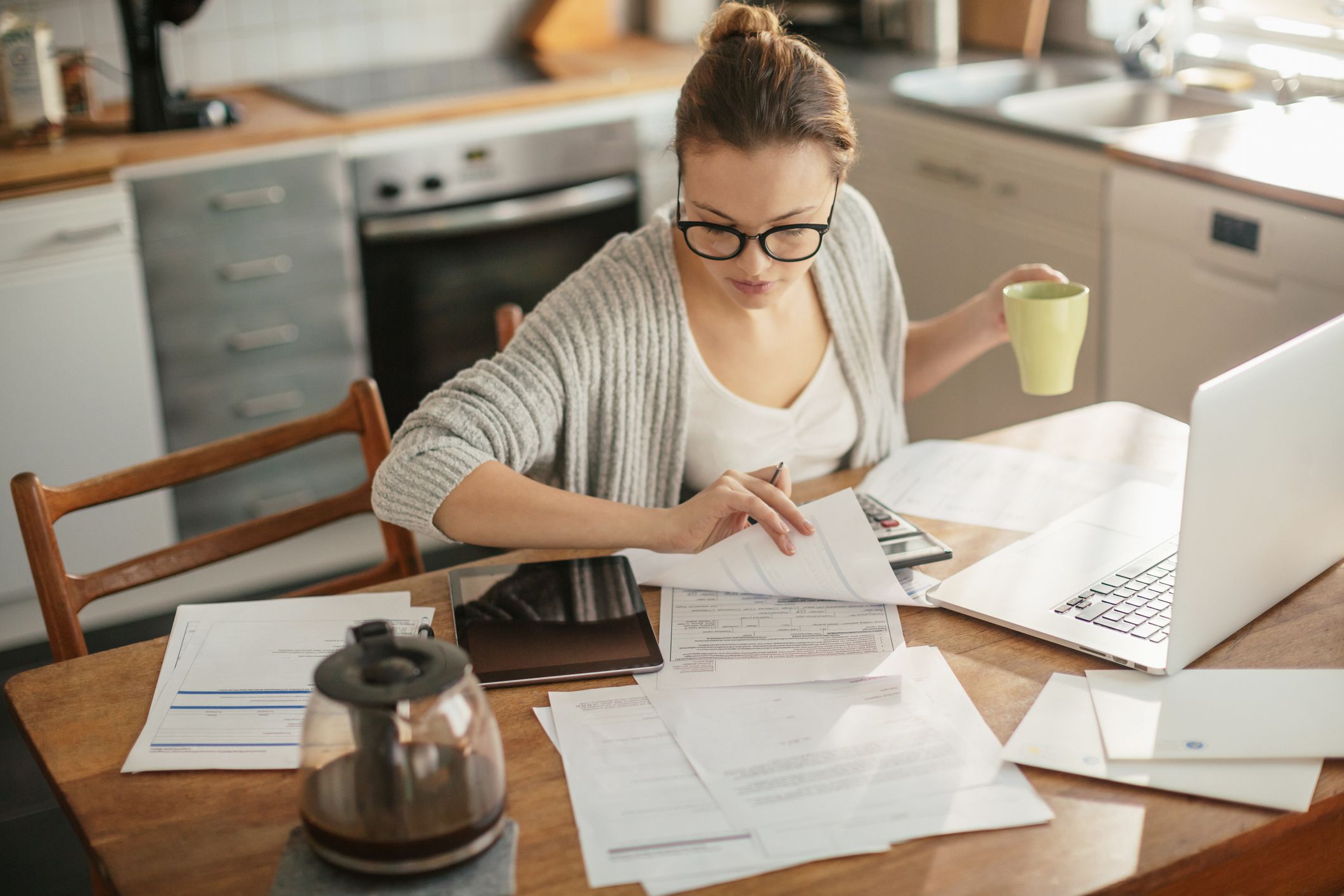How to register as self-employed with HMRC – step by step
We’ll take you through the process in depth, but here’s a quick overview of how to register as self-employed:
-
Check your work counts as self-employment
-
Register for an online account with gov.uk
-
Complete your registration using your Government Gateway details, as well as information about your business, like your trading name and contact details
Once registered as self-employed you’ll have a number of obligations and responsibilities, like completing an annual Self Assessment tax return.
Do I need to register as self-employed?
If you’re self-employed, you have to register with HMRC so your tax can be collected properly. But how do you know if you’re self-employed?
You’re likely to be self-employed if you:
-
run your own business
-
have more than one customer at the same time
-
decide how and when you work
-
have the option to hire staff
-
take responsibility for completing unfinished or unsatisfactory work in your own time
-
charge a fixed price for your work, agreed with a customer
-
sell goods or services for a profit, apart from when you’re just selling unwanted items on an ad-hoc basis
If you meet these criteria, you probably need to register as self-employed. HMRC explains more about what being self-employed means.
How do I register as self-employed?
Registering as self-employed is fairly straightforward. Head to the government’s online registration portal and enter your email address.
You’ll then need to complete the registration process. Registering with HMRC is quick and easy, but here’s an overview of some of the information you’ll need to provide:
-
the date you started your business
-
basic personal details, including your National Insurance number and home address
-
information about the job you do
Once you’re registered, HMRC will send you a letter with your 10-digit Unique Taxpayer Reference (UTR). HMRC will also set up your online account, which gives you access to a range of digital government services.
This part of the process usually takes around seven to 10 days, but you can call HMRC for an update if it’s taking longer.
When do I need to register as self-employed?
According to HMRC, you should register at the earliest opportunity. However, there’s a deadline. Legally you need to register by 5 October after the end of the tax year in which you became self-employed.
For example, if you started your business in July 2021, you’d need to register with HMRC by 5 October 2022.
Ideally you wouldn’t leave your registration this late. If anything goes wrong and you’re unable to register by the deadline, you could find yourself with a very large tax bill.
Do I need to register as a sole trader?
Being self-employed doesn’t necessarily mean that you’re a sole trader. If you work for yourself, on your own, you’re probably a sole trader – but there are other options.
If you’re in a business partnership, you need to register as self-employed, but not as a sole trader. Instead, you should register as a partner.
Your responsibilities once you’ve registered as self-employed
Once you’ve registered you have a number of responsibilities.
Most importantly you should keep accurate records, particularly of any sales or outgoings connected with your business.
It’s also useful to keep hold of any correspondence from HMRC. These letters and documents can help you to complete your tax return quickly and easily.
By 31 January every year, you should file your Self Assessment tax return online.
You’ll need to make payments to HMRC on 31 January and 31 July, although you may be able to stagger these payments if HMRC agrees. As well as income tax, you’ll have to pay both Class 2 and Class 4 National Insurance Contributions (NICs).
If your annual turnover is above the VAT threshold (£85,000 for the 2021-22 tax year), you should register for VAT.
However, you may choose to register even if your turnover is below this level. The individual circumstances of your business will determine whether this is right for you.

